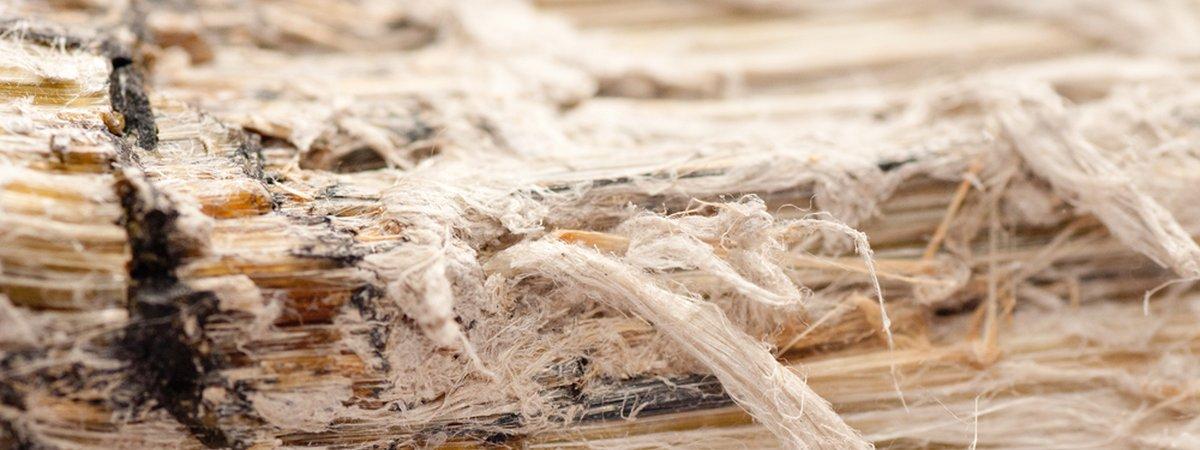The natural micro fibres of asbestos are robust, fireproof and resistant to most chemical reactions, making them practically invincible. These fibres are microscopic and can be ejected into the air if dislodged from the main body of the asbestos, which can occur due to anything from DIY and building renovation to gradual dispersal depending on its original application method.
Even simple maintenance such as drilling into walls to install cables or fix pipes can result in hazardous matter being released into the atmosphere, posing a risk to anyone that comes into contact with it both immediately and over time.
The toxicity of asbestos can cause asbestosis and malignant mesothelioma in humans, as well as tumours in animals. There is no safe level of asbestos exposure, with any duration of contact posing a risk to the individual’s health. According to the Health and Safety Executive, there are over 2,000 lung cancer deaths each year in the UK that can be attributed to past asbestos exposure. Meanwhile, hundreds of disability benefits are claimed due to its inhalation. Whilst asbestosis causes honeycombing of the lungs, there are other diseases also commonly associated with asbestos, including asbestos warts (fibres lodged in the skin are grown over), pleural plaques (thickened areas around the thorax and lungs), and pneumothorax (presence of air in the cavity between the lungs and chest, causing collapse of the lung).
With asbestos fibres so easily disrupted and invisible to the eye, it is crucial that you contact a professional if you suspect its presence in your building. D J Cleaning Ltd. specialists use professional equipment and industrial experience to safely and reliably remove all traces of this deadly substance, simultaneously providing relevant advice and complete peace of mind.




